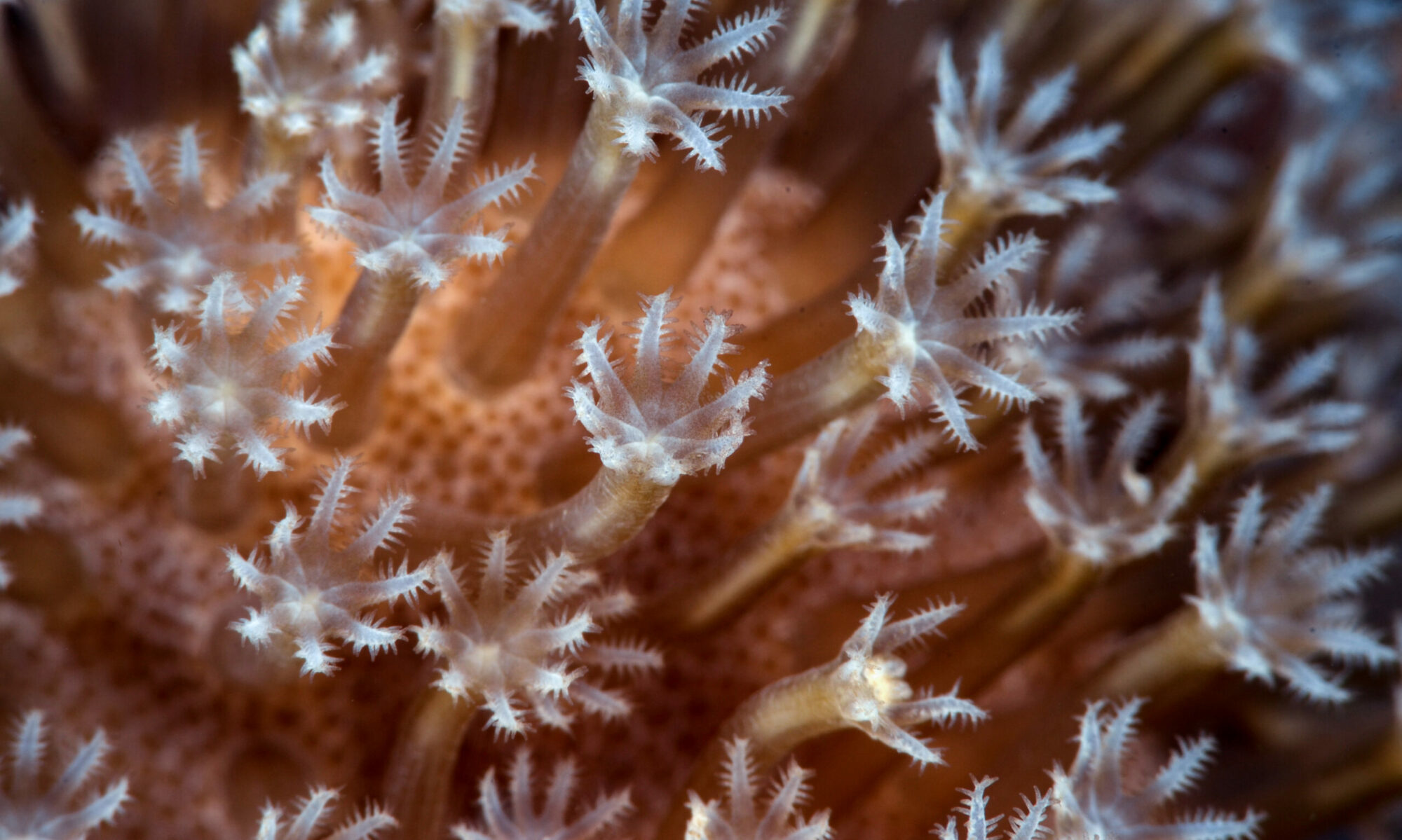
University of Guam Professor of Ichthyology Terry Donaldson recently co-authored a paper on bioacoustic communication within the family Holocentridae, a group of marine fishes commonly known as squirrelfishes and soldierfishes. These fishes are known to communicate by sound production. The paper, “Sounds as taxonomic indicators in holocentrid fishes,” was a collaboration with Marine Banse, Eric Parmentier and Estrelle Bertimes (University of Liege, Belgium), David Lecchini (PSL University, French Polynesia), and Frederic Bertucci (University of Montpelier, France). The paper was published in November 2024 in the open access Nature scientific journal NPJ Biodiversity (https://doi.org/10.1038/s44185-024-00064-4).
The study is the first large-scale phylogenetic investigation on fish bioacoustics within this family and examines whether it is feasible to use sounds for taxonomic identification of species. Members of the Holocentridae produce sounds through the “contraction of paired bilateral sonic muscles originating on the skull and inserted on articulated ribs in tight connection with the swim bladder.” These contractions produce vibrations that are amplified by the swim bladder. All 73 species that were investigated had certain characteristics that made this family ideal for this type of study. This is especially important because holocentrids are nocturnal and rely heavily on vocal communication in the dark.
From May 2019 to July 2022, almost 400 specimens were collected from coral reefs of French Polynesia, Guadeloupe, Guam, Philippines and Seychelles. Sounds made by the specimens were recorded while the fish were hand-held in the field, rather than in aquariums, to minimize artifacts (false signals not generated by the fish but rather picked up in the recording process), and provide the most reliable sound comparisons. The sounds that are created vary by species and can range from grunts to clicks to thumping noises. After recording these sounds, the fish were measured and photographed to confirm species identity.
From May 2019 to July 2022, almost 400 specimens were collected from coral reefs of French Polynesia, Guadeloupe, Guam, Philippines and Seychelles. Sounds made by the specimens were recorded while the fish were hand-held in the field, rather than in aquariums, to minimize artifacts (false signals not generated by the fish but rather picked up in the recording process), and provide the most reliable sound comparisons. The sounds that are created vary by species and can range from grunts to clicks to thumping noises. After recording these sounds, the fish were measured and photographed to confirm species identity.
While species-specific sounds of animals have been extensively documented, there is limited phylogenetic research on acoustic behavior of fish species. “It’s possible to suggest that no two species make the same exact sound, even though they’re closely related,” said Donaldson. “They may have components that are the same but there’s something slightly different here or something radically different if you go from one genus to the next.”
This study demonstrates that sounds can indicate different taxonomic groups, although this depends on taxonomic level (i.e. family, genus or species). It was found that the higher the taxonomic level, the easier it was to differentiate them based on sounds.
A significant portion of this collaborative study was supported by Guam NSF EPSCoR thanks to an award from the National Science Foundation’s Established Program to Stimulate Competitive Research (EPSCoR). Donaldson is Guam EPSCoR’s Principal Investigator and Project Director.
Donaldson has also co-authored, with Banse, Parmentier, and others, a publication based on a smaller study that describes acoustic communication between nine species of squirrelfishes in their relationship with cleaner fish. “Production of sounds by squirrelfish during symbiotic relationships with cleaner wrasses,” published in Scientific Reports in May 2024 (https://doi.org/10.1038/s41598-024-61990-8), describes the ability of squirrelfish to communicate their desire to be cleaned by cleaner wrasses through the use of acoustic signals. Scientific Reports is also an open access journal from Nature that publishes original research in the areas of natural science, psychology, medicine, and engineering.



